Space news stories

The annual Perseids shower lasts more than a month, but will peak this week.

Scientists have supercharged one of Earth’s most powerful telescopes with new technology that will reveal how our galaxy formed in unprecedented detail.

In our Universe, time has been progressing forward, for all observers, ever since the inception of the hot Big Bang. There are a few “arrows of time” that coincide with this, including that the Universe has been expanding and, thermodynamically, that entropy has been increasing. If the Universe instead were to contract and collapse, could that lead to time running backwards?

A dormant black hole nine times the mass of the Sun has been found outside the Milky Way for the first time, in what researchers have called a “very exciting discovery”.
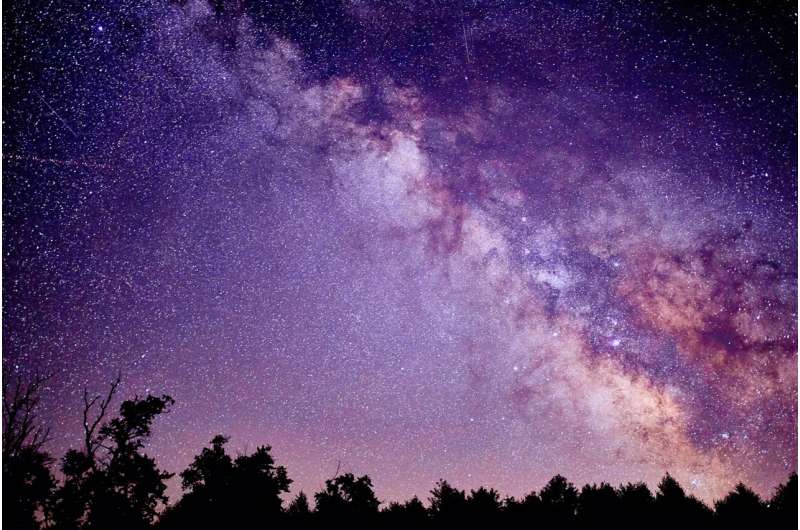
A team of researchers with affiliations to multiple institutions in the U.S. has found that the metal content of Fermi bubble high-velocity clouds does not match with material in the Milky Way’s galactic center, suggesting that at least some of the material comes from somewhere else.
Astronomers have detected a new fast radio burst, or FRB, from a galaxy far, far away. The new FRB is currently the longest lasting with the clearest periodic pattern ever observed.
Somewhere between five and ten million years ago, an asteroid crashed into Mars, creating a massive crater. Like getting caught in the crossfire of a friend’s drama, a piece of detritus from that explosive impact made its way all the way to Earth.
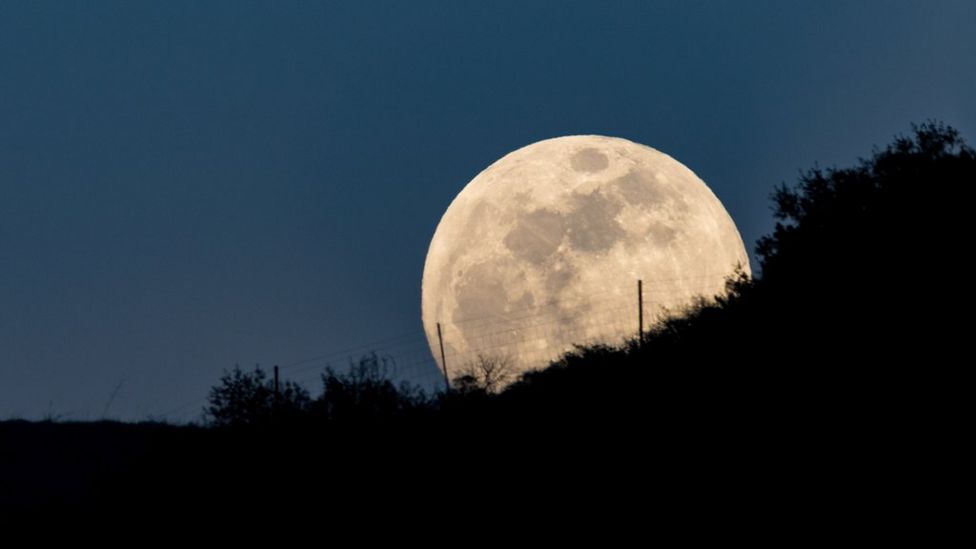
If you look into the sky on Wednesday evening you’ll have a good chance of spotting the biggest and brightest Moon of the year.

In a former gold mine a mile underground, inside a titanium tank filled with a rare liquified gas, scientists have begun the search for what so far has been unfindable: dark matter.
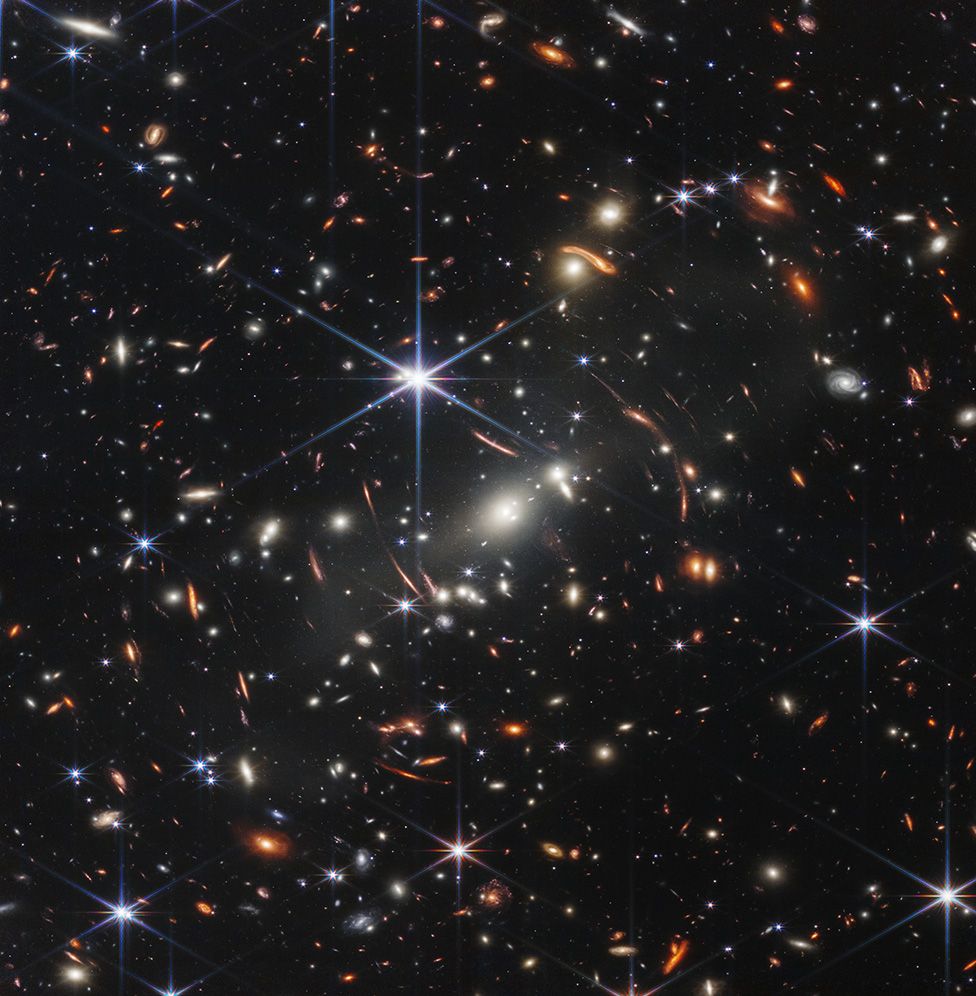
The image is said to be the deepest, most detailed infrared view of the Universe to date, containing the light from galaxies that has taken many billions of years to reach us.
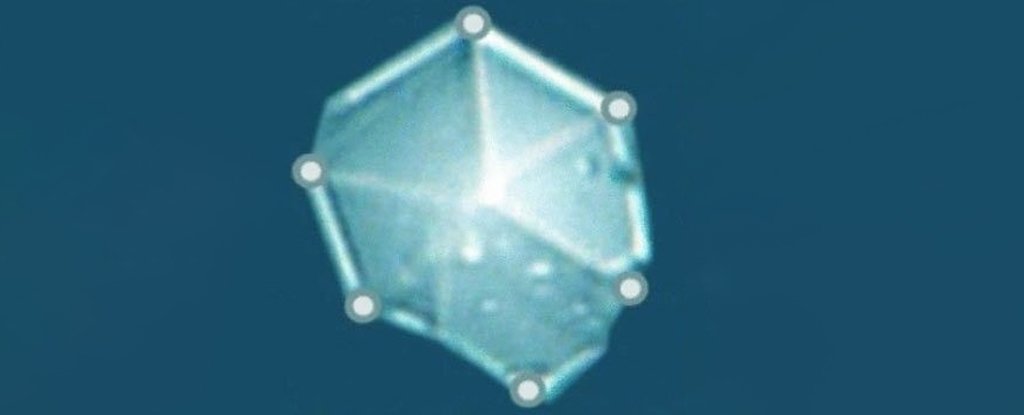
Researchers have discovered never-before-seen types of crystal hidden in tiny grains of perfectly preserved meteorite dust. The dust was left behind by a massive space rock that exploded over Chelyabinsk, Russia, nine years ago.
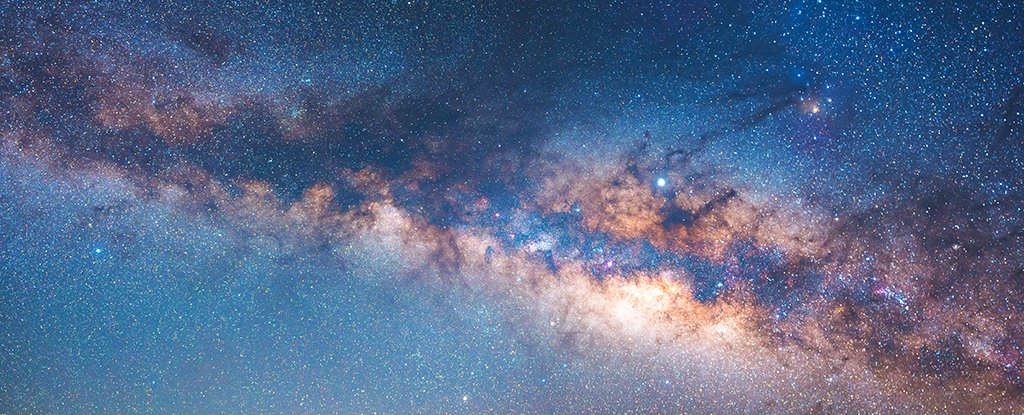
There’s alcohol up in space. No, it’s not bottles of wine discarded by careless astronauts; rather, it’s in microscopic molecular form. Now researchers think they’ve discovered the largest alcohol molecule in space yet, in the form of propanol.


A first-of-its-kind study published in the journal Icarus investigates this phenomenon on Mars. Looking at the planet, researchers have discovered hundreds of craters that likely resulted from the impacts of a binary system, where one asteroid orbits another, like the moon orbits Earth.
Image from ESA & MPS for OSIRIS Team (Wiki Commons)
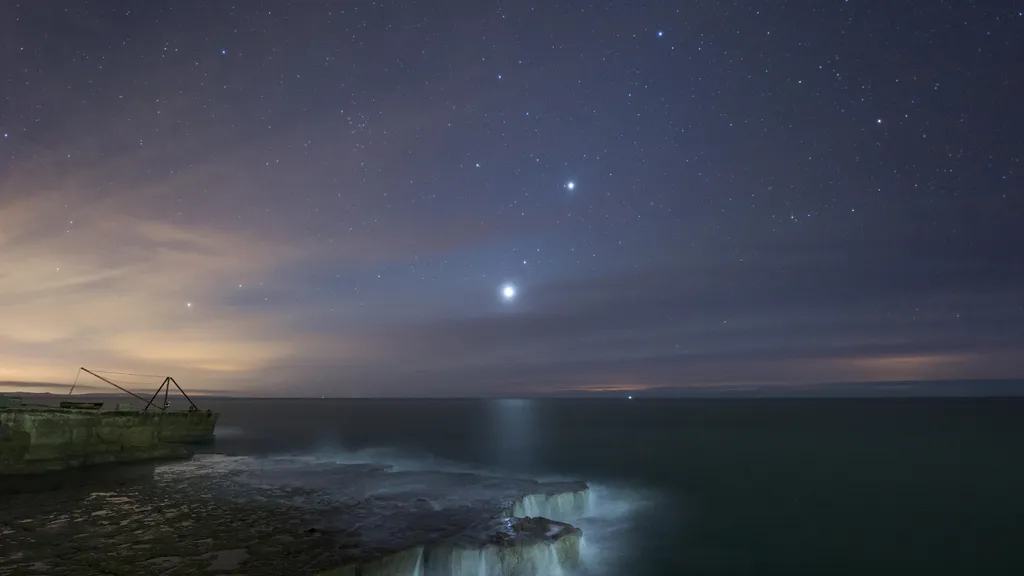
This rare planetary alignment has been visible since early June. But the view should be particularly impressive this week, as Mercury is at its brightest and the waning moon joins the parade of planets.
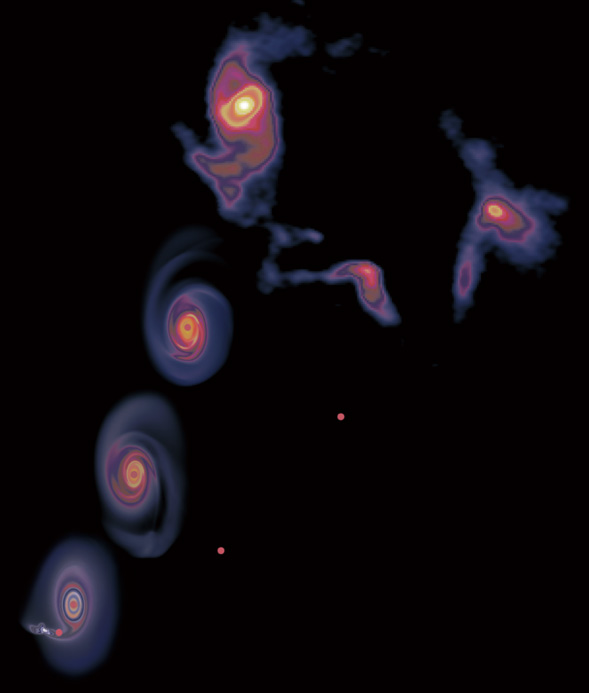
As if cracking open a cosmic Russian nesting doll, astronomers have peered into the center of the Milky Way and discovered what appears to be a miniature spiral galaxy, swirling daintily around a single large star.








